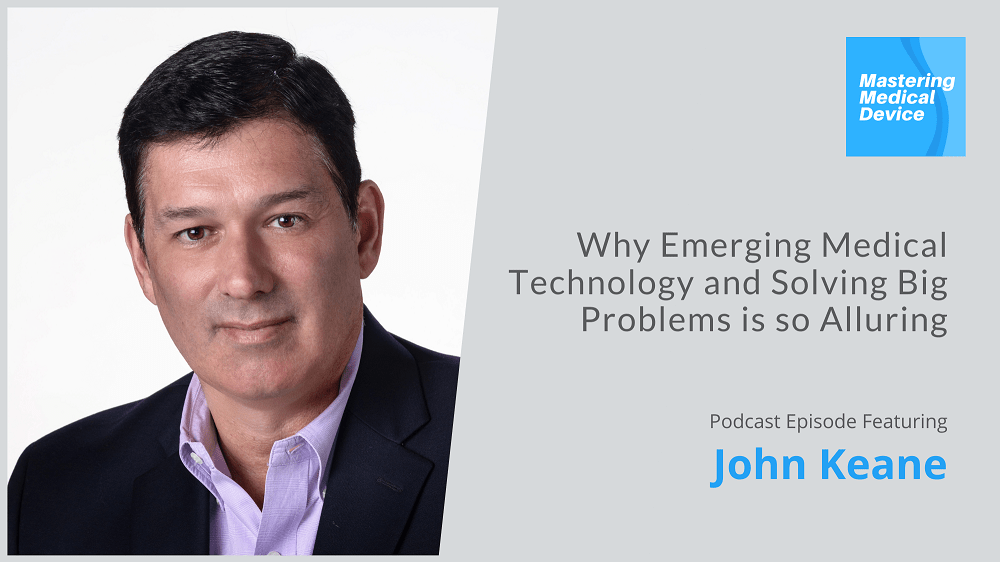Discussing MindRhythm with the Mastering Medical Device Podcast
I recently had an engaging conversation with Pat Kothe, host of the Mastering Medical Device podcast, about my background, MindRhythm’s mission, and what lies ahead for the company. I’ve summarized some of what we discussed below, but I invite you to take a listen to the episode on the podcast’s website, via Apple Podcasts, on Spotify, or wherever else you get your podcasts.
Solving the problem with stroke triage
We call MindRhythm a “brain wellness company.” Right now, we’re focused specifically on stroke triage in a prehospital setting to identify large vessel occlusion strokes. This is particularly important because when paramedics and first responders arrive on the scene of a suspected stroke, they have to assess whether a patient is having an LVO stroke. And then they have to decide which hospital to send them to.
If these patients are sent to a hospital that cannot treat large vessel occlusion, they’ll need to be transferred to a facility that can. In rural communities, that could be a several hour transport. Even in urban communities, the transfer time to a hospital just a block away can take a couple hours. And with stroke, unfortunately, the morbidity is extremely high and the mortality rate is rather high, so not getting the proper treatment in time can be the difference between walking out of the hospital two days later, or being permanently disabled in a nursing home. It’s that dramatic.
How MindRhythm expects to diagnose stroke types using accelerometry
My colleagues Paul Lavoi and Dr. Wade Smith, along with the rest of the MindRhythm team, pioneered the idea of utilizing accelerometer sensors to monitor brain activity. Accelerometers are the perfect match for our mission, as they can detect changes in motion based on changes in blood flow. Accelerometer sensors are everywhere today – in iPhones, cars, etc.
What we discovered through active research was that every person has a normal “headpulse,” as we call it, much like your normal heartbeat. When you have a different cerebral event, there is a very significant signature imprint for a large vessel occlusion. We also detect other things like concussions, migraine, seizures, and different brain events that will be detected just like an ECG will detect the various cardiac rhythms. As a small company, we wanted to focus on an area we felt was the greatest need. Focusing on stroke triage is letting us refine the sensitivity and specificity to approach the diagnostic accuracy of a CT angiography in an environment where a CT cannot be performed..
What lies ahead for MindRhythm and the future of stroke triage
We are currently doing our study in two parts. The first, taking place right now, is collecting the data. We’re refining the algorithm, we’re seeing how well the device performs. We are getting feedback from the paramedics so that when we do part two, after our FDA pre-sub, where we expect to have agreement with the FDA, this is what we are hoping to do. And then we’re going to execute on that trial design, which will likely be blinded with accuracy as an endpoint
Ideally, our goal is that every ambulance will be equipped with a headset. So anybody who is suspected of having a stroke has this device placed on their head, the paramedics get the reading, and the patient can be dispatched directly to a hospital that can treat them. And while en route, the EMS crews are in contact with the stroke team. All of these expedited steps will minimize the time to treatment, and that alone will have a profound effect on everything related to stroke. This will not only benefit the patient and family but also, the providers. And that should reduce costs to society.

